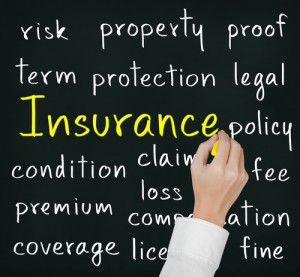Introduction to Inspection for BI:
Adventures in CAT Inspection
The issues we deal with in every storm, with respect to Business Interruption, are Civil Authority, Off-Premises Power Outage and Spoilage, all of which sound innocuous but can get mired down in other issues such as wind vs. flood and covered cause of loss vs. actual cause of loss.
But it’s the storms with large scale devastation that sometimes finds us shouting, “CATs! I hate CATs!”
Some of the additional issues we faced in both Katrina and Sandy were:
•Issues with insured type: high profile attorney firms, CPA’s, plastic surgeons, bed & breakfasts, multi-location damage, multi-unit, multi-complex and multi-use habitation losses
•Other convoluting issues such as: high profile agents, public adjusters, total loss of financial documentation
•Issues resulting from lack of communication with insured to manage expectations with respect to: Covered Cause of Loss, Period of Restoration, Extra Expense, Time Deductibles, and Coinsurance
•And finally, issues resulting from inadequate inspection and reporting
Yes, there are a lot of reasons to hate CATs, but BI doesn’t have to be one of them!! And that begins with inspection of the loss. Slightly different than inspection for daily claims, inspection for BI after a catastrophe is simultaneously focused on both physical and non-physical damage, actual causes of what might be multiple factors that shut down (either fully or partially) a business and what actuates coverage.
To help you complete your mission and move on to other important missions, we have developed a simple worksheet that can provide the basis for your reporting on Business Interruption and a tool we at the Business Interruption office can use to pick up the claim complete our part of the claim mission.
******
******
Raiders of the Lost Profit series:
Part Two: Adventures in CAT Inspections
Part Three: Search for the Grail:Covered Cause of Loss vs. Actual Cause of Loss
Part Four: Pit of Snakes: Establishing Period of Restoration
Part Five: Reporting to HQ: Here’s What We Know So Far
Written & Contributed by:





















